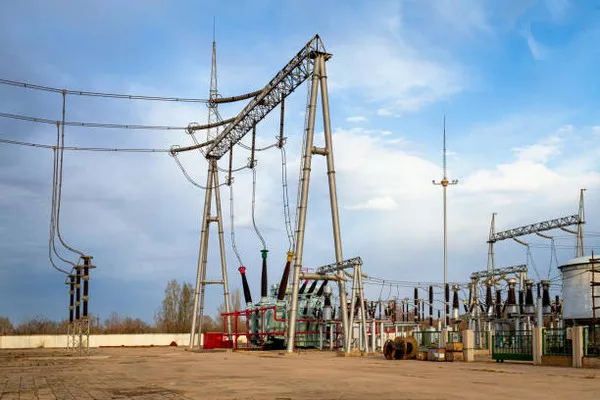In the realm of electrical engineering and power systems, transformers play a pivotal role in transmitting and distributing electricity efficiently across various infrastructures. Two fundamental types of transformers—power transformers and distribution transformers—serve distinct purposes within electrical networks, each contributing to the reliable and safe delivery of electrical power. Understanding the differences and applications of these transformers is crucial for engineers, utility providers, and anyone involved in the energy sector.
Power Transformers
Power transformers are critical components in electrical substations and large industrial facilities, primarily designed for high-voltage applications. They serve the vital role of stepping up (increasing) or stepping down (decreasing) the voltage levels of electricity to facilitate efficient transmission over long distances and for managing power distribution to end-users.
Key Features and Applications
High Voltage Capability: Power transformers are designed to handle high voltages, typically in the range of thousands of volts, making them suitable for transmitting electricity over long distances with minimal loss.
Step-Up and Step-Down Operations: These transformers can step up voltage for transmission from power plants to substations, where the voltage is reduced to safer levels for distribution to residential, commercial, and industrial users.
Core and Windings Design: The core of a power transformer is constructed with high permeability materials like silicon steel to minimize energy losses. The windings are made of copper or aluminum to carry the high currents efficiently.
Cooling Systems: Due to the high power capacities, power transformers often incorporate sophisticated cooling systems such as oil or gas cooling methods to dissipate heat generated during operation.
Utility and Industrial Applications: Power transformers are used in utility-scale electricity transmission systems, connecting power plants to the grid, and in large industrial complexes requiring high-power distribution.
Distribution Transformers
Distribution transformers form the backbone of electrical distribution networks, stepping down electricity from higher transmission voltages to levels suitable for use by consumers. These transformers are commonly found on utility poles or in ground-level substations in residential neighborhoods, serving local electrical needs.
Key Features and Applications
Lower Voltage Ratings: Distribution transformers typically operate at lower voltages compared to power transformers, ranging from a few hundred volts to several thousand volts, depending on the application.
Localized Distribution: They are strategically placed near end-users to efficiently distribute electricity within neighborhoods, commercial areas, and rural communities.
Size and Portability: Distribution transformers are smaller and more compact compared to power transformers, making them easier to install and maintain in populated or urban areas.
Efficiency and Reliability: These transformers are designed for high efficiency to minimize energy losses during electricity distribution, contributing to overall grid reliability.
Insulation and Enclosure: Distribution transformers are often insulated and enclosed within protective housings to ensure safety and protect against environmental factors such as weather and tampering.
Comparison and Importance
Both power transformers and distribution transformers are essential components of the electrical grid, working in tandem to ensure the reliable and safe transmission and distribution of electrical power.
Voltage Range: Power transformers operate at higher voltage levels for bulk power transfer over long distances, whereas distribution transformers step down voltage for localized distribution to consumers.
Size and Design: Power transformers are larger and more complex, often requiring specialized installation and maintenance procedures. In contrast, distribution transformers are more compact and versatile, suitable for varied installation locations.
Applications: Power transformers are critical for transmitting electricity from power plants to substations and large-scale industrial operations. Distribution transformers play a vital role in supplying electricity to homes, businesses, and smaller industrial sites.
See Also What Does A Power Transformer Do
Conclusion
In summary, power transformers and distribution transformers are integral components of electrical systems, each serving unique roles in the efficient transmission and distribution of electricity. Understanding the distinctions between these two types of transformers is essential for designing, operating, and maintaining robust electrical infrastructures that meet the demands of modern society.
By grasping the fundamental principles behind power and distribution transformers, engineers and stakeholders can optimize electrical networks, enhance energy efficiency, and ensure the reliable delivery of electricity to communities worldwide. The ongoing advancement and innovation in transformer technology continue to shape the future of electricity distribution, paving the way for sustainable and resilient energy systems.

